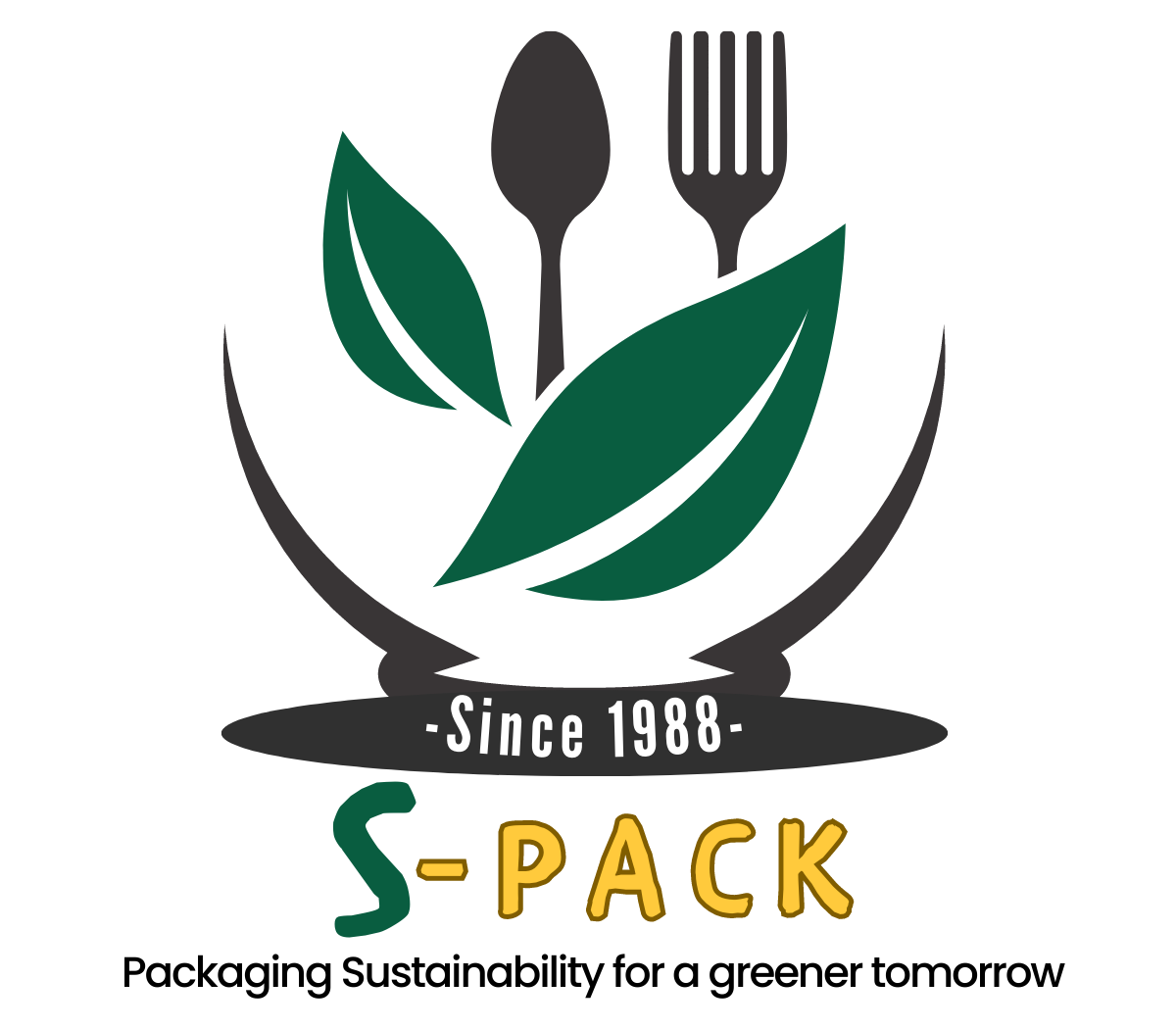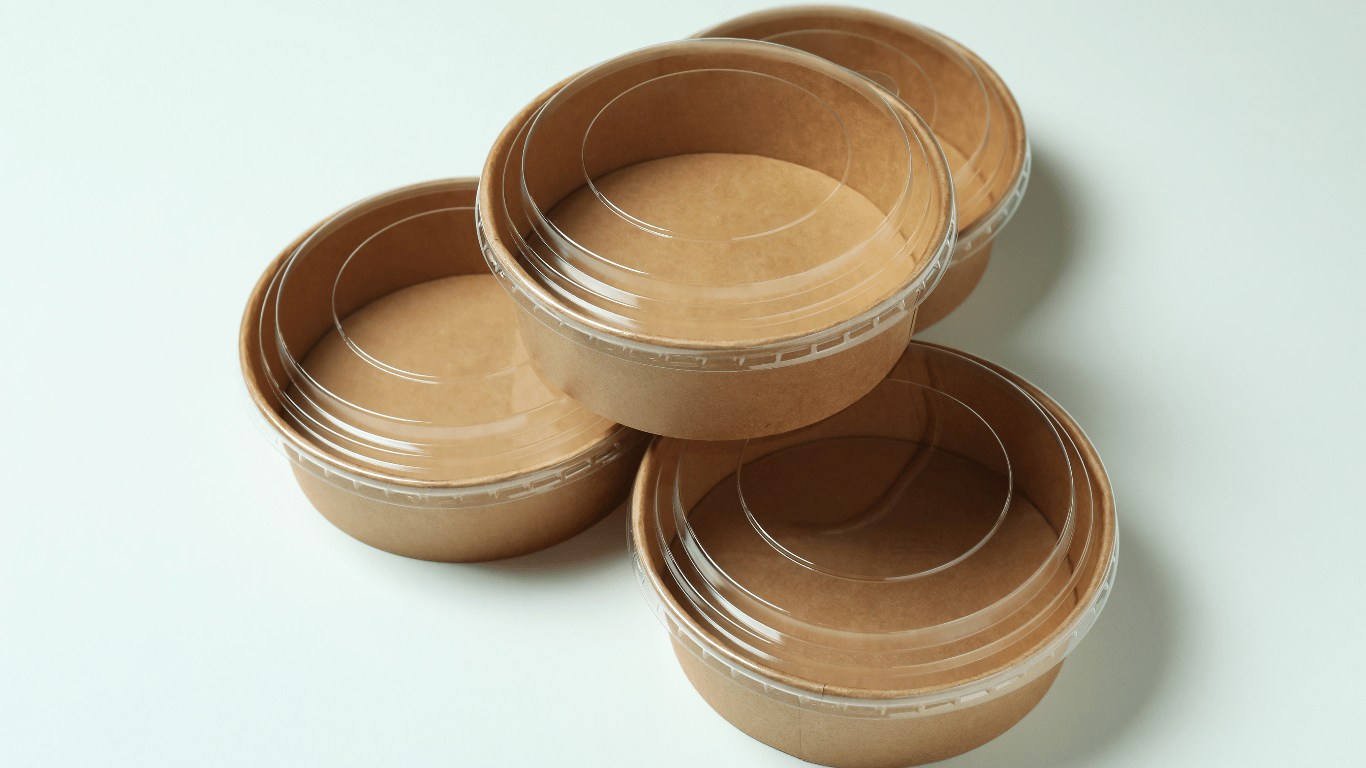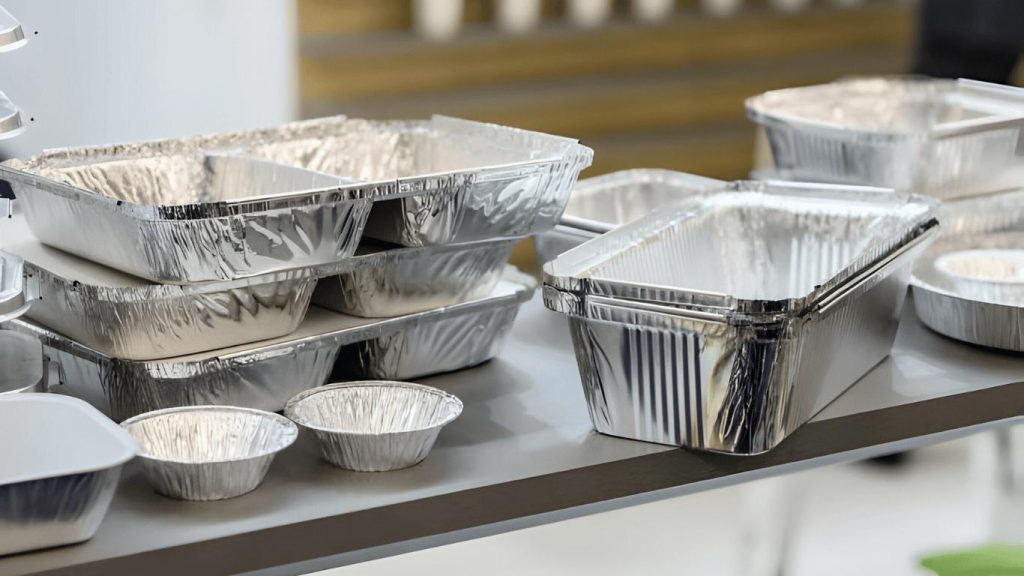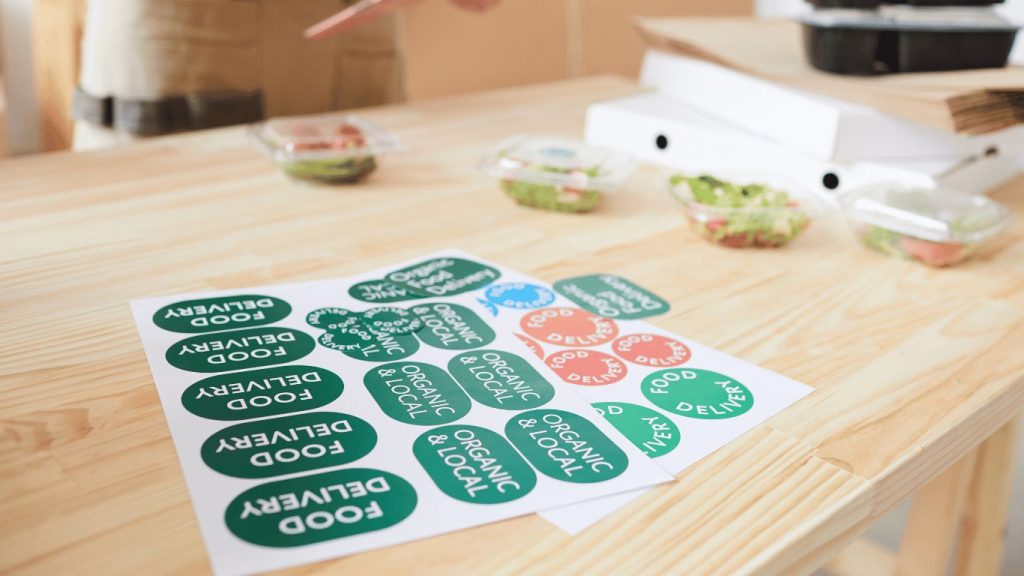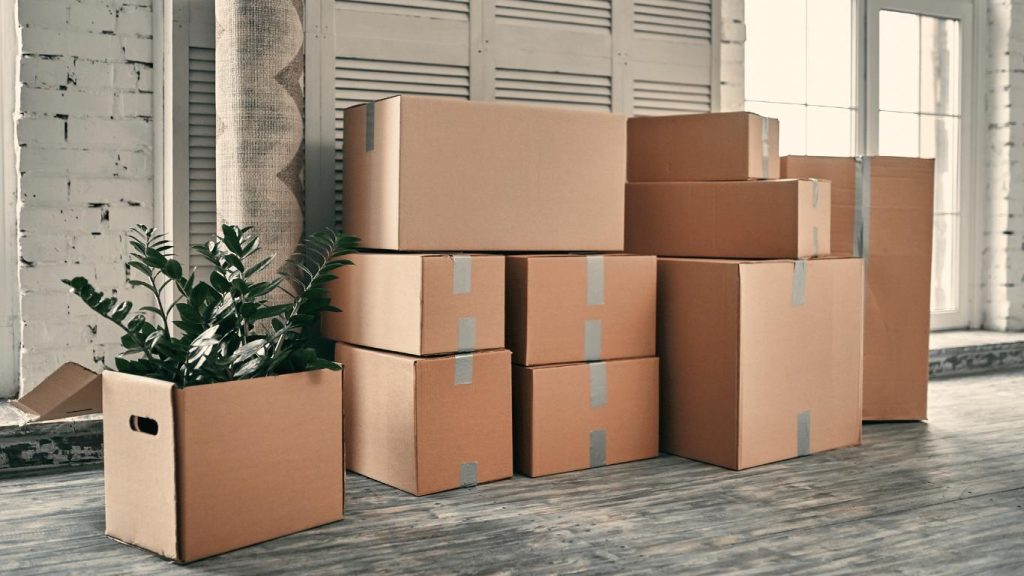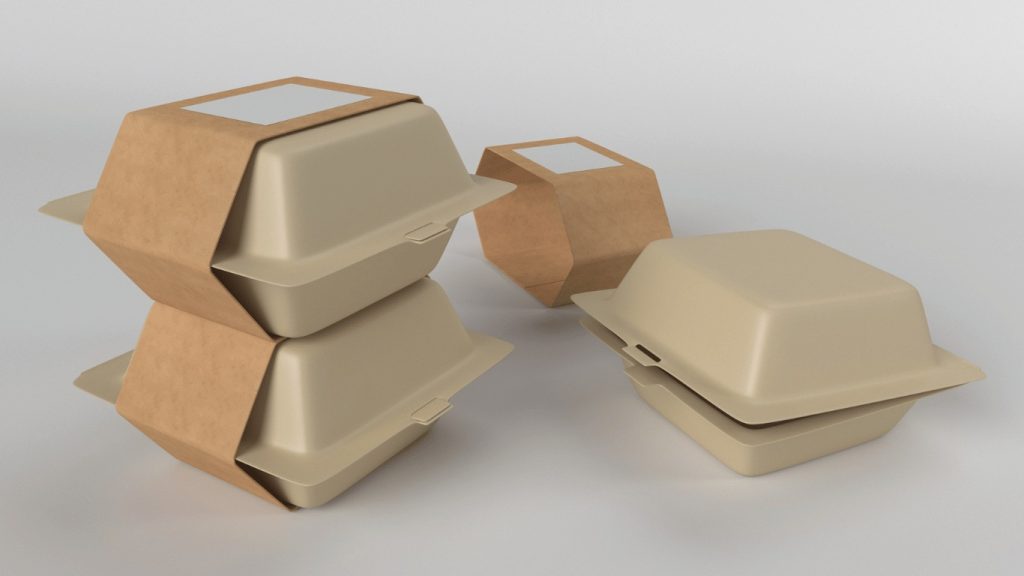Disposable bowls are an easy and adaptable choice to use in a variety of scenarios. From picnics in the parks to barbecues in the backyard, potlucks or even casual meals at the home, disposable bowls are an alternative to the traditional dinnerware. However, with the variety of sizes, materials, and options, picking the ideal disposable bowl could seem overwhelming. This complete guide will arm you with the information that you require to know about disposable bowls, and pick the most suitable opportunity you’ll need for the perfect event.
Understanding Disposable Bowl Materials
The material used in your bowl that you throw away has an impact on its function, environmental footprint as well as its aesthetics. This is a brief overview of the most commonly used material used in disposable bowls:
- Paper: A well-known environmentally friendly option paper bowls are generally constructed from recycled paperboard and coated with the bioplastic layer to prevent leaks. They are ideal for dry or cold food items like popcorn, salads or even snacks. Be sure to look for bowls that have certifications that indicate recycling material and compostability.
- Plastic: Bowls made of plastic provide robustness as well as being appropriate for hot and cold food items. They are available in different types of plastic with each having their own pros and cons. Think about polypropylene (PP) to make microwavable alternatives and polyethylene Terephthalate (PET) in clear plastic bowls. However, the environmental impact of plastic is a major concern and you should pick this choice wisely.
- Biodegradable: Made with plant-based materials such as bamboo or sugarcane These bowls are a more sustainable alternative to the traditional plastic. They are able to handle cold and hot food efficiently and easily decompose. But, they could be more expensive than others.
- Foam (Styrofoam): A lightweight material that is insulates Foam bowls are a popular option for picnics and takeaway containers. But, they’re not recyclable and cannot be microwavable and can cause environmental issues. The use of these products is restricted in several areas, and it’s perfect to find alternatives.
Choosing the Right Size for Your Needs
Disposable bowls come in an array of sizes to fit diverse portions and types of food. This is a general guideline:
- Small (8-12 oz): Great for dips, appetizers, small side dishes, or desserts.
- Medium (16-24 oz): Ideal for pasta dishes, salads dishes, or small portions of chili or stew.
- Large (32+ oz): Ideal to serve large portions of salads, popcorn bowls or even overflowing portions of main dishes.
Take into consideration the type of food you’ll serve as well as the amount of people you’ll be serving in choosing the right size. It’s preferential to have a little excess of smaller bowls rather as opposed to running out of the larger ones required to serve main dishes.
Types of Disposable Bowls
The variety of ideal disposable bowls isn’t just the simple white bowl. Here’s a look at some most popular choices:
- Soup Bowls: Usually larger and deeper than normal bowls, perfect for hot liquids such as stews, soups or chili. Some bowls come with leak-proof lids.
- Salad Bowls: Usually smaller and shallower, ideal to mix salads and serve side dishes.
- Portion Control Bowls: Ideal for pre-portioning snacks or healthy treats.
- Biodegradable Bowls: Made of renewable materials such as sugarcane or bamboo, they are a safe option for environmentally conscious consumers.
- Compartmentalized Bowls: Have separate compartments to prevent different food items separate from mixing, ideal for salads that have toppings or meals that come with side dishes.
- Decorated Disposable Bowls: Give some sparkle to your party with disposable bowls that come in a variety of styles or colors.
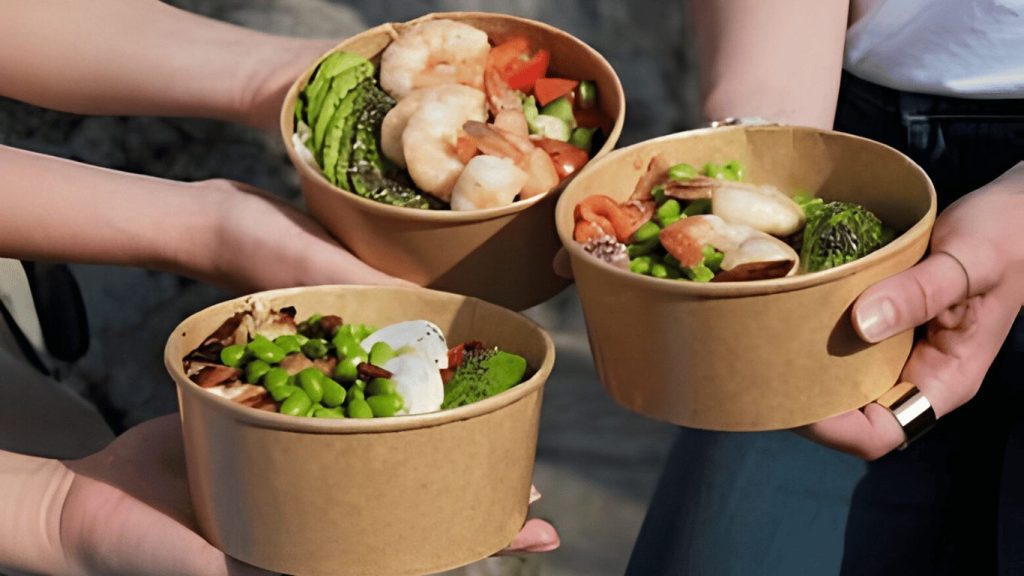
Additional Features to Consider
Beyond size and material many features can improve the utility of your bowls that are disposable:
- Lids: Lids play a vital role to transport food items without spills or contaminating. They also benefit keep freshness and heat in the food. Choose bowls that have secure-fitting lids or ones that make it easy to stack them.
- Compartments: Multi-compartment bowls are great for separating various food items in the same container. This is great for salads with toppings meals that include sides, or to keep dips separated from crudites.
- Leakproof Design: For especially liquid or saucy foods choose leak-proof bowls that have a lining or a specific design that stops spills and messes.
- Microwave-Safe: If you’re planning to use the bowls to heat leftovers and serving meals hot, assure that they’re safe for microwave use. Find the microwave-safe logo on the packaging.
Environmental Considerations
Disposable bowls provide convenience However, their environmental impact can’t be neglected. Here are some suggestions to make eco-friendly choices:
- Prioritize reusables: Whenever possible you can use dishes and plates that are reusable. The most eco-friendly choice over the long term.
- Choose compostable or biodegradable options: If you need to dispose of food items pick bowls that are made from compostable materials such as bamboo or paper. Make sure your local composting program will accept these types of products.
- Recycle when possible: Look for disposable bowls made of recycled materials. Then assure that your local recycling program will accept these bowls. Look for your packaging’s recycling logo to get instructions.
- Minimize waste: By purchasing the quantity of bowls you require to eliminate waste. You might consider smaller bowls to control portion sizes to further reduce the amount of waste.
Read also: Choosing the Right Food Packaging Containers for Your Business
Beyond the Basics: Stylish Disposable Bowls
Disposable bowls can enhance the appearance of your party. Here are some suggestions to choose the best one:
- Casual Gatherings: Pick colourful or patterned bowls to add some enjoyment to barbecues, picnics or birthday celebrations.
- Formal Events: Think about elegant disposable bowls that are made of stronger plastic, or with a stylish style.
- Themed Parties: Mix the disposable bowls with your theme to give it an elegant appearance.
Conclusion
The best disposable bowl requires a number of elements. If you are aware of the various types of materials, sizes, features, as well as the environmental impact, you are able to make educated choices. Be aware that reusables are by far the most sustainable option however, in the event that disposables are required this guide has provided you with the information needed to make educated choices. With the wide range of disposable bowls to choose from it is possible to find the ideal opportunity that is a perfect blend of practicality, convenience, and environmental protection.
